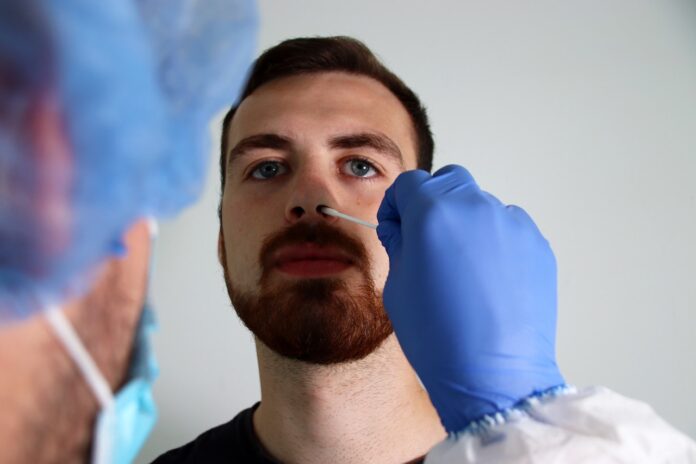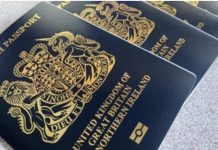The rules of Covid testing are changing all the time, but a fit to fly test is still essential for anyone leaving the UK. Restrictions are getting eased in certain places making legal protocol sometimes hard to follow. If you have recently tested positive after using a lateral flow, here are the steps you must follow to reduce the risk of infection and keep your friends and family safe.
Positive Lateral Flow Test
You do not need to confirm a positive lateral flow test with a PCR test if you were to get a positive result from the test. Only confirm a positive lateral flow test in the following circumstances:
- You’d like to apply for Test and Trace Support Payments
- COVID-19 treatments are available to you
- This is part of the research you’ve been asked to conduct
- If you arrive in England from outside the UK on or before day 2, you have a positive rapid lateral flow test
You’ll need to:
- Report your results
- Start isolating yourself right away
Reporting a Lateral Flow Test
Every time you perform a rapid lateral flow test for Coronavirus (COVID-19) at home or work, you should report the results (positive, negative, or void). A rapid lateral flow test yields a quick result on a device similar to a pregnancy test. After receiving your results, you need to report them within 24 hours. It is essential to report all negative or void results to identify new outbreaks and track COVID-19 spread.
Reporting a test online is the best method. You can also call 119 (free from mobiles and landlines) if you cannot use the online service. This service is available every day between 7 am and 11 pm. Support is available in 200 languages. There are also apps available that give you access to trained NHS staff if you have any queries surrounding Covid testing.
Financial Support
Staying at home (self-isolating) can be a challenge, but it is important to eliminate the possibility of spreading COVID-19 to others. While at home, you have access to support and help. As proof that you need to be absent from work, you can get an isolation note to send to your employer. A doctor’s note is not required.
Your employer should be informed if you are unable to work. Find out if you’re eligible for sick leave or special leave through your company. Getting Statutory Sick Pay or another form of financial support may be an option if you are not able to get sick pay from your employer. Low-income people who have been asked to self-isolate by NHS Test and Trace may be able to get a Test and Trace Support Payment of £500.
Positve PCR Test Result
The best course of action is to isolate yourself immediately if you test positive for the infection. Consult your household members to determine whether they should isolate themselves as well. The period of self-isolation begins the day after you first started experiencing symptoms, even if you did not experience any symptoms during the time of the test. It lasts for ten full days. Five consecutive days of self-isolation may only be ended if certain conditions are met.
You must begin the period of self-isolation over again if you have remained in close contact with someone who tested positive after you began it. In some care homes and assisted living places, residents may need to self-isolate for 14 days instead of 10. Your local council or the NHS could contact you to assist your friends and family in alerting their close friends. It is important to tell your employer, school, or nursery about your results. In the following scenarios, you must not repeat a PCR test within 90 days if you get a positive result from PCR:
- Are you experiencing any new symptoms of COVID-19
- Arriving in the UK from overseas, you should get a PCR test
When Should You Self Isolate
If you have any of these three symptoms, even if they are mild, isolate yourself and get a PCR test on GOV.UK as soon as possible.
- Temperatures reaching high levels
- Coughing that is continuous and new
- Changes in your sense of smell or taste
Additionally, you should self-isolate if:
- Your COVID-19 test was positive, so you have the virus
- Symptoms or test results have been reported by someone you live with (unless you do not need to self-isolate)
- Contact with someone who tested positive has led to your being advised to self-isolate







